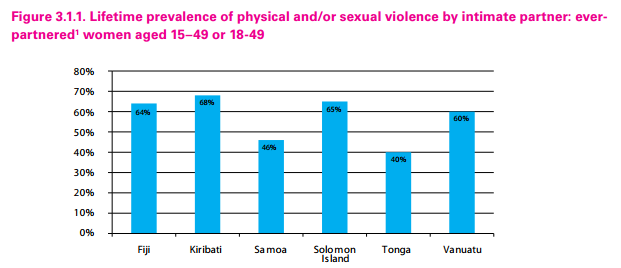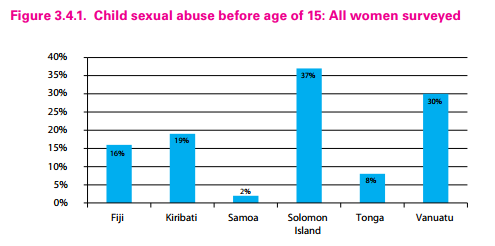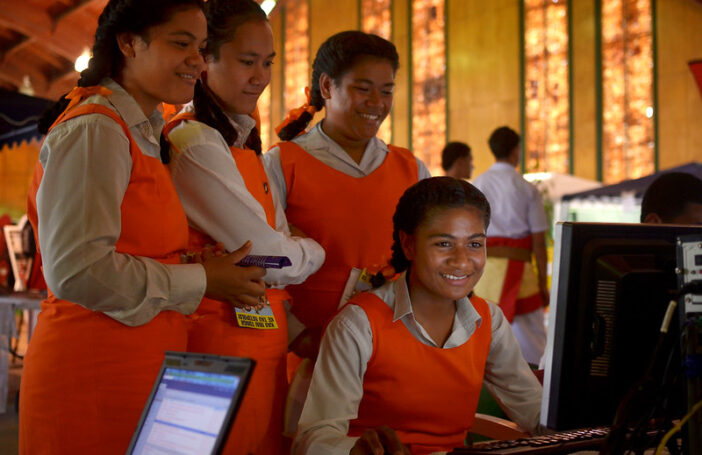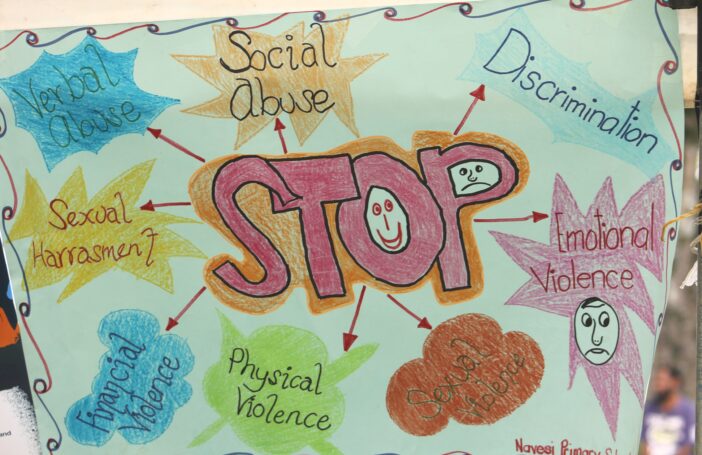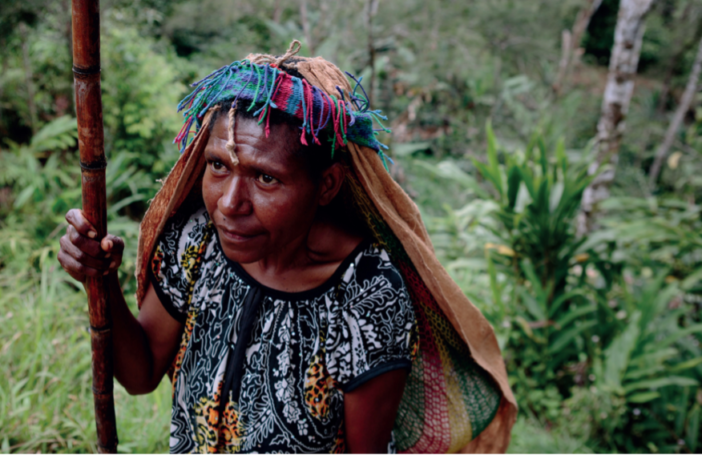A new report [pdf] from UNICEF Pacific highlights the high rates of violence against women and children in the region and the intergenerational cycle of abuse, calling for more holistic support services for survivors.
The report looks at Fiji, Kiribati, Samoa, Solomon Islands, Tonga and Vanuatu, and is based on a compilation of results from national health surveys that were undertaken as part of a World Health Organisation Multi-country Study on Women and Health and Domestic Violence Against Women. (It should be noted that some of the surveys were conducted some time ago—i.e. Samoa’s in 2007 and Solomon Islands’ in 2009—those in Fiji and Tonga are more recent. The report notes the limitations of some of the available data.)
The report shows that across the included countries, women who had experienced intimate partner abuse were more likely to have had a mother who was beaten, to have had a partner whose mother was beaten, a partner who was beaten as a child or to have had an experience of child sexual assault.
The children of women experiencing intimate partner violence were also more likely to experience abuse.
Beyond the intergenerational impacts, the report highlights sobering statistics on the universally high rates of intimate partner violence, violence and sexual assault against women by non-partners, and child sexual assault in the South Pacific.
For example, in Fiji, three in five women (64%) who have ever been in a relationship have experienced physical or sexual violence from a partner. In Kiribati the number is 68%.
The rates of physical violence by a non-partner were particularly high in Tonga and Samoa, with 62% and 68% of surveyed women having experienced it. In Vanuatu, 33% of respondents had experienced sexual violence by a non-partner.
Some 37% of surveyed women in Solomon Islands and 30% in Vanuatu reported experiencing child sexual abuse (occurring before the age of 15). The study also showed a link between socioeconomic and education levels and the prevalence of child sexual abuse. For example, in Vanuatu, 40% of women with no education were sexually abused as children, while 17% of those with post-secondary education were.
The numbers that have grabbed the most media attention in this report are those showing that abuse against women continues at high rates during pregnancy. For example, 23% of women in Kiribati reported experiencing violence during pregnancy, and of those 17% had been punched or kicked in the abdomen. Women who had experienced intimate partner violence during their pregnancy also experienced higher rates of miscarriage – 19% compared to 13% in Kiribati, for example.
The report concludes that there is a strong correlation between violence against children and violence against women, and advocates for governments and development partners to address the issue “holistically and in a complimentary way”. It argues that essential service provision for survivors is an important part of the solution, including services addressing health, security, access to justice and psychological support.



